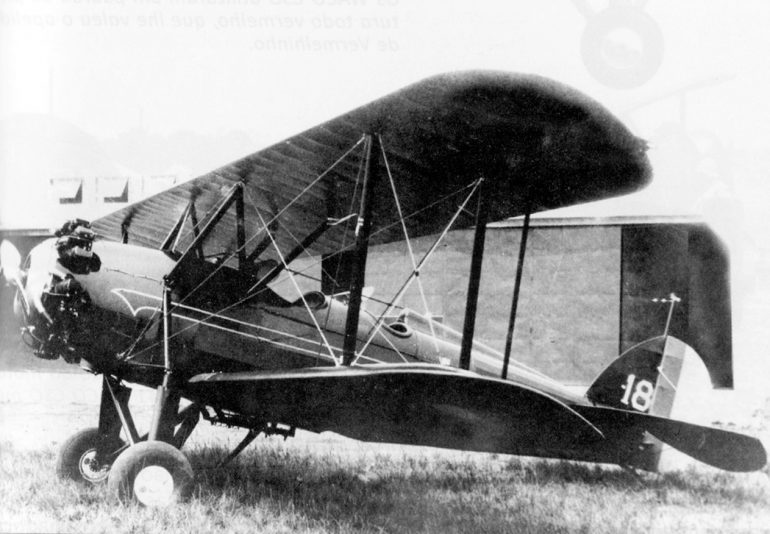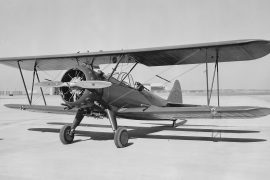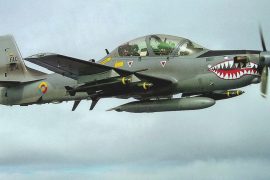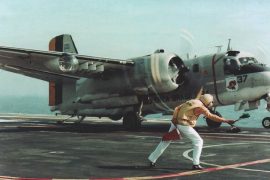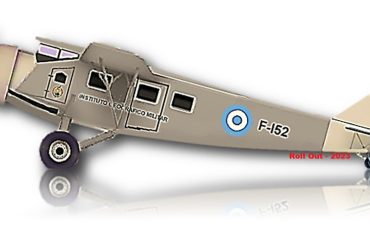A first shipment of Waco biplanes reached Brazil in 1932, in the form of the small, open cockpit CSO model. This was just in time for military use on the Federal side against the rebellion of Constitutionalist forces in the powerful state of São Paulo. But the primary use of these aircraft was to provide aerial communications throughout the half-continental nation. Correio Aéreo Militar (Military Air Mail) -CAM- flew in the interior of Brazil, beyond the routes of the initial air lines. It did not provide a passenger service (beyond essential professionals needed in remote areas), but instead delivered not only the mail but also food and medical supplies.
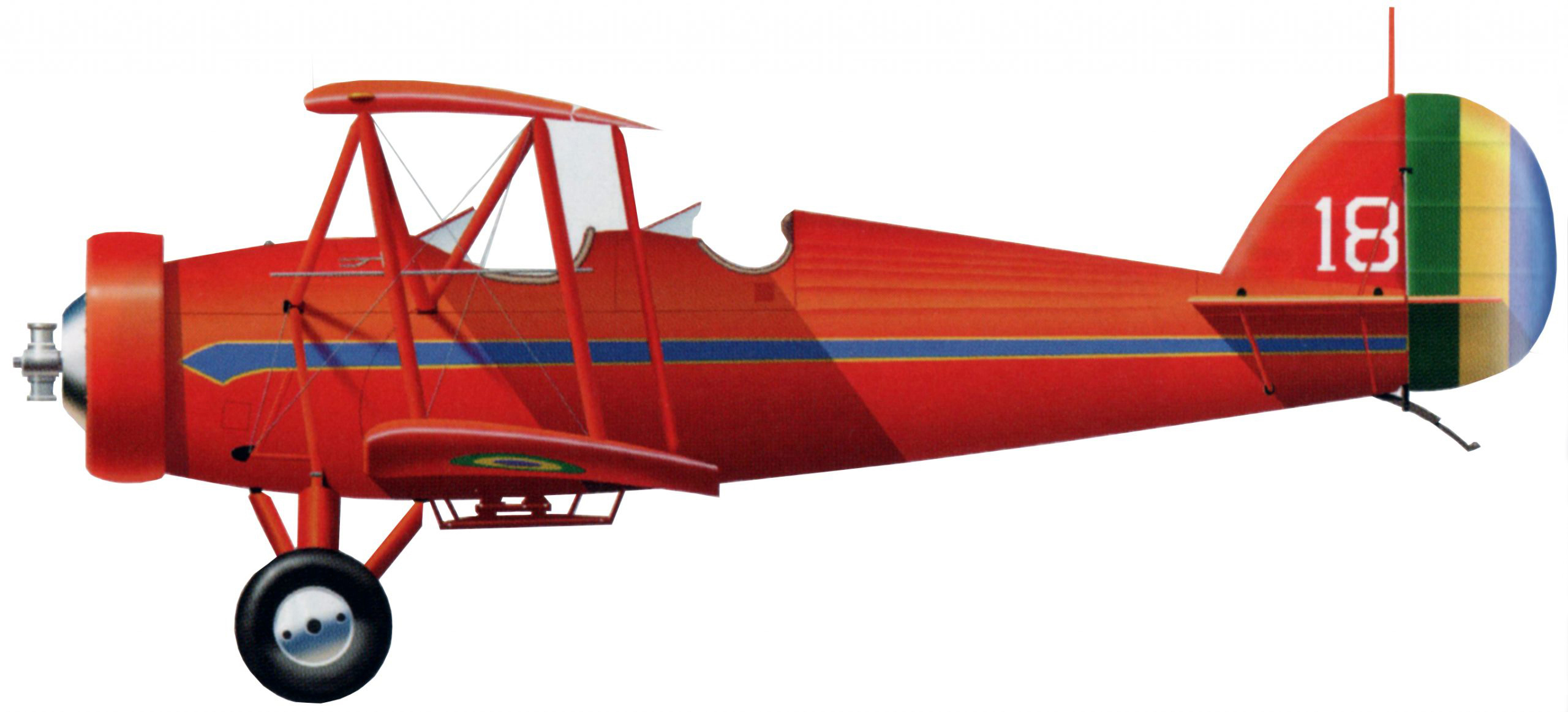
As the CAM network developed during the 1930s, the interior regions of the southern states were first provided connecting flights. Needed then was a flight directly linking the capital, Rio de Janeiro, with Belém at the mouth of the Amazon, via remote settlements between. There was air service between the two major cities, but via the long loop of the Brazilian bulge along the South Atlantic. A proving flight was planned on the direct, longitudinal route, serving small populations in this hinterland of the nation that was still overwhelming centered near the eastern coast. Selected as pilot was Major-Av. Lysias Augusto Rodrigues, joined by Sgt. Soriano Bastos de Oliveira, as the aircraft, the Waco CSO, serial C-27. The skilled and experienced Rodrigues kept a detailed log of the flight; he later wrote books on aviation history. The “vermelinho” (little red one) had already proven its reliability.
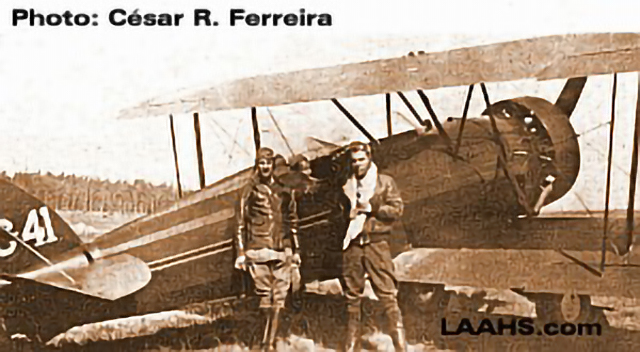
The proving flight along what came to be called the Tocantins Route made many stops at small airfields and covered a tremendous variety of terrain over nearly two thousand miles of flight. Small problems were overcome during the three days in November 1935. Rodrigues and his CSO made two more flights over the Tocantins Route in 1936, before more or less regular postal and humanitarian flights were established by Correio Aéreo Nacional.
The grandeur of the flight and the variety of scenic regions traversed led to a modern repetition in 2002. The surviving Waco CSO was not taken from a museum. Instead the red open cockpit biplane was a Stearman. It was accompanied by a Maule photo and support plane, with a Piper also utilized. A few near ninety year old witnesses to the 1935 flight were interviewed. A book authored by Isio Bacaleinick and titled Nas Asas do Correio Aéreo was published, it being a beautifully finished coffee table production full of the scenery of what remained mostly a series of barely populated diverse landscapes even in 2002.

